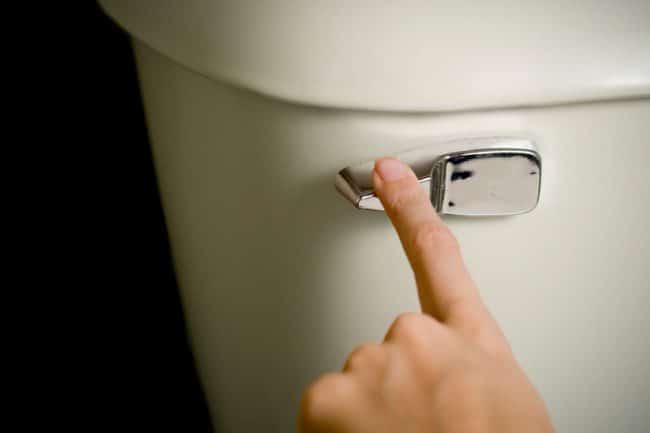Preventing Plumbing Damage — Spring Thaw tips for Saving Water and Preventing Damage
Preventing Plumbing Damage, the spring thaw is a time of dread for many homeowners, as it can mean plumbing nightmares. Exposed pipes may freeze, burst, and cause expensive water damage in the home. However, a few easy steps can prevent your plumbing from becoming an outdoor swimming pool this spring.
As the weather warms up and snow melts, it's essential to maintain a healthy sewer system this spring. Spring thaw can cause flooding and other water-related damage if not properly managed, so homeowners and those responsible for keeping sewers must be aware of the risks and take proactive measures. Here are some tips on preparing your property for the spring thaw by conserving water and preventing potential damage.
First off: wrap up those exposed pipes! Insulation is your best friend when it comes to keeping lines from freezing. Even if you think the pipes are in an area that won't freeze, it's better to be safe than sorry. Just wrap them up with foam insulation, and you'll be ready.
Next up: Know where to shut off your main water valve in an emergency. Please find out how to turn it off if a pipe bursts and you need to quickly stop the water flow, or make sure a professional show you how to locate and operate it.
Finally, if the pipe bursts or leaks, don't panic! Go to your main valve, shut the water off, and immediately seek professional help. Trying to fix it yourself could lead to more damage and costlier repairs.
Preventing Plumbing Damage

- Maintain your gutters: Taking care of your home's gutters should always be at the top of any homeowner's list for preventing water-related damage during the spring thaw. Cleaning out your gutter system regularly helps avoid ice damming - which can lead to flooding and basement moisture issues - and minimizes soil erosion and foundational damage risk.
- Inspect drains and downspouts: Make sure all of your home's outdoor gutters and downspouts are in good condition, as well as any drainage systems on your property. Go ahead and check for any clogs or blockages that could slow the flow of water when the snow melts, leading to flooding or pooling around the foundation.
- Monitor spring showers: Spring showers can be unpredictable, so paying attention to weather forecasts and anticipating large storms that may cause flooding is essential. If needed, install sandbags or temporary barriers around vulnerable areas of your property to prevent water from entering buildings or damaging landscaping.
- Install a sump pump: To protect your home from potential flooding further, consider installing a sump pump to ensure that water is quickly and efficiently redirected away from your property. This can help minimize any damage caused by heavy spring rains or snowmelt.
- Preparing your property for the spring thaw can help conserve water and protect your family and home from costly repairs. With these tips in mind, you'll be better equipped to handle whatever Mother Nature throws you this spring!
Take time to protect your home - be prepared now and rest easy all season long.
Happy thawing! | www.poolesplumbing.com






